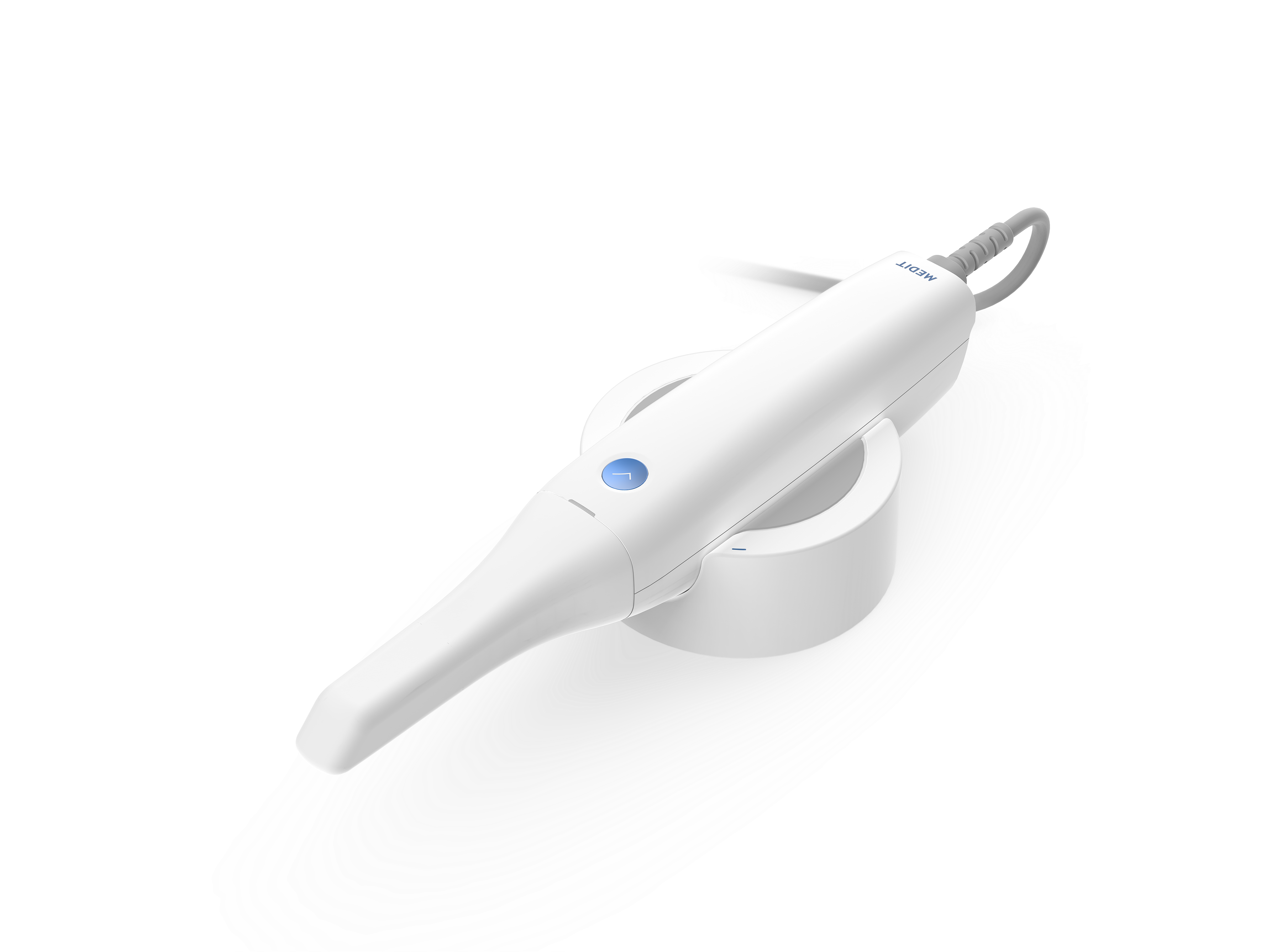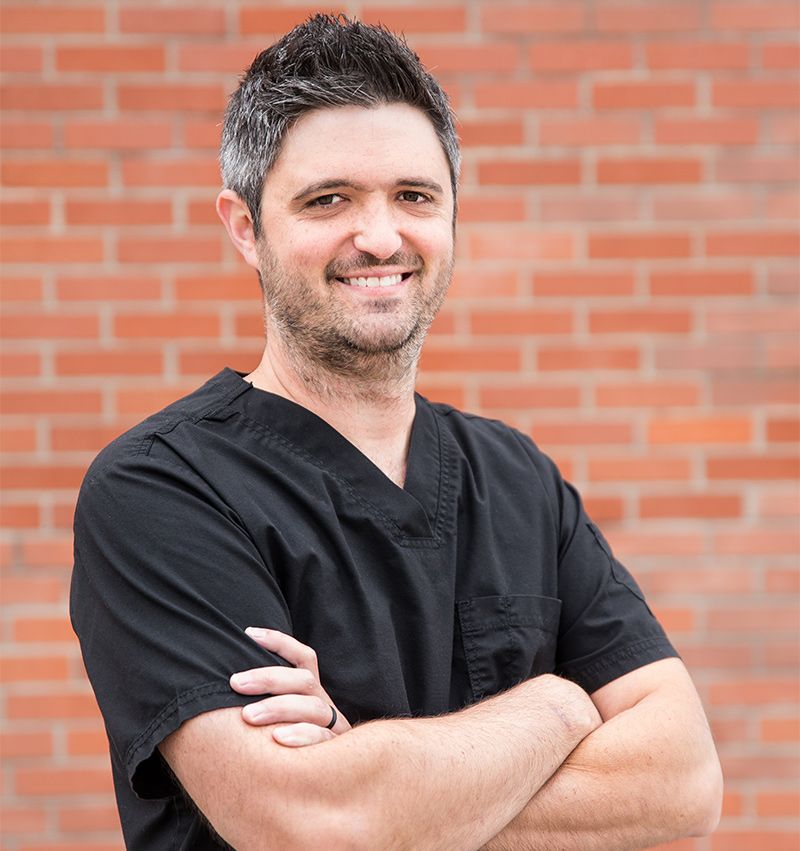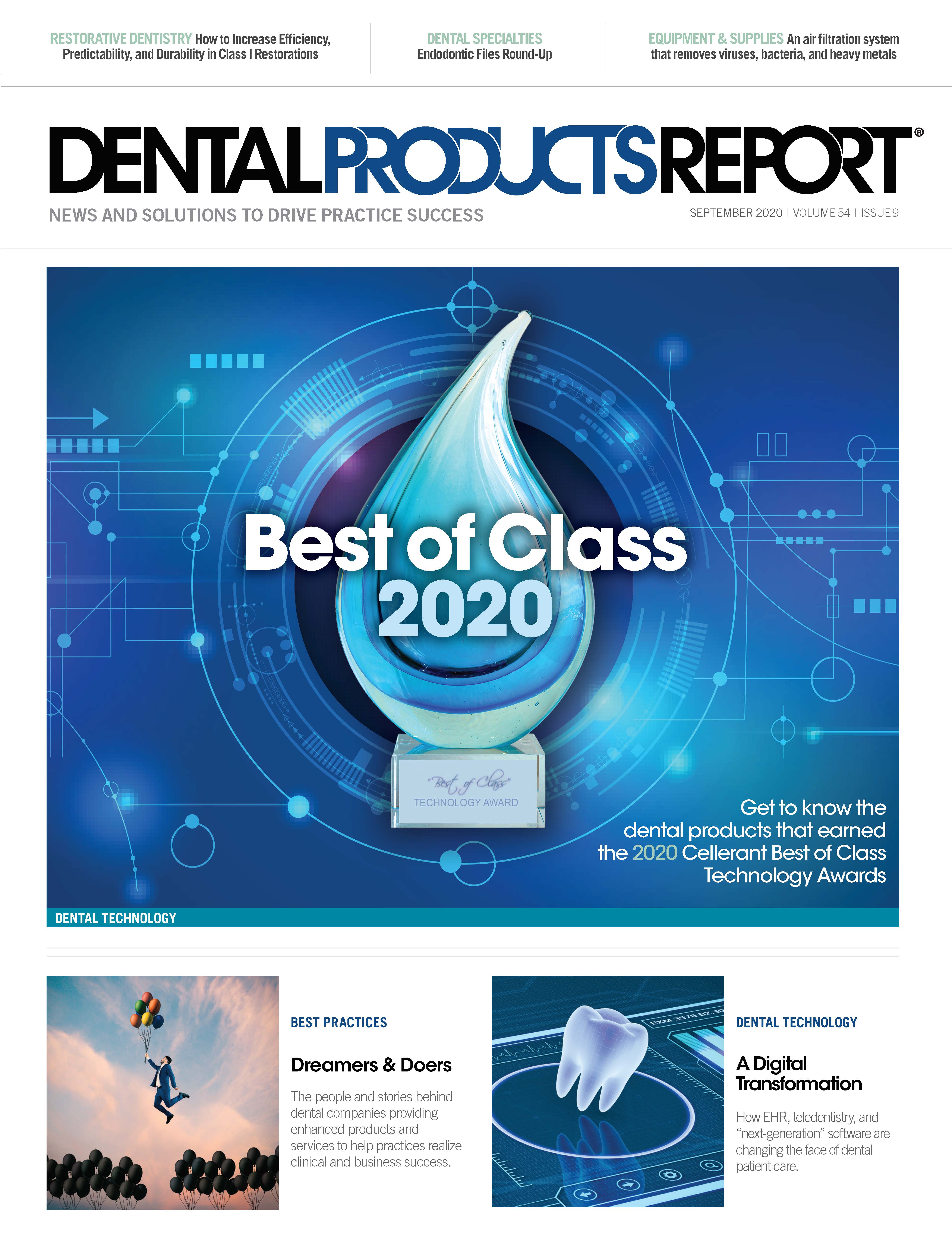Matthew St. George, DDS, a general practitioner who opened the doors of his own practice, St. George Family Dental, in 2010, prides himself on staying up-to-date on new dental technologies, procedures, and techniques.
With an affinity for continuing education, he completes as many courses as time allows with a focus on learning new specialties that broaden his clinical abilities—such as orthodontics, implant dentistry, and cosmetic dentistry—and enable him to offer more treatment options for his patients.
When it comes to choosing technologies for his practice, St. George has a checklist: Is the technology proven, practical, and affordable? Does the technology streamline workflow, increase productivity, and improve return on investment? Will the dental team enjoy working with it, and does it increase patient satisfaction? If the technology supports all those criteria, it’s likely a good fit.
One of the more recent technologies that checked all the boxes for St. George is the Medit i500 intraoral scanner. “I’ve used all the major scanners on the market, and the i500 really stood out as the best choice for me and my practice,” he says. “The fact that it is an open system, was well priced, and comes from a company with great customer service and training were the major factors in my decision.”
Medit i500
The Medit i500 intraoral scanner features unparalleled performance at a competitive price to deliver a fast return on investment. An open system for integrated CAD/CAM workflow allows the export of STL files for easy file transfer and optimized collaboration with the lab. An intelligent scan-detecting algorithm with 2 high-speed cameras makes for quick and efficient intraoral scanning, with no need for powder.
Medit Corporation
medit.com
Simplifying the Scanning Process
St. George is no stranger to chairside digital scanning/digital impressioning. He inherited a CEREC chairside single-visit restoration system about 10 years ago and has steadily added new digital technologies, with a current inventory of multiple scanners, milling units, and 3D printing systems. When asked how the i500 intraoral scanner fits into the equation, St. George calls it “quite complementary,” particularly for quadrant dentistry and implant workflows.
“I will say that on average for quadrant dentistry, it takes me or my assistants about a minute or 2 to scan the upper arch, lower arch, and bite. It is not an astronomical time savings, but it’s there,” he says. “To me, the i500 really helps in implant scans. The ability to use scan bodies saves chair time, especially on multiple-unit cases, and the lack of need for a verification jig, thus reducing the time involved in multiples, is huge.”
Bottom-line Benefits
An intraoral scanner’s initial cost may seem a bit steep at first, but the financial rewards of owning and using it daily justify the investment. The savings realized by not having to purchase traditional impression material adds up, as each tray-based physical impression is essentially dollars out the door.
“To me, there are a lot of positives in digital dentistry, and the Medit i500 scanner is one of the best-priced scanners on the market, with the most robust features and functions,” St. George says. “Using the scanner not only saves chair time but also allows my practice to benefit from decreased lab costs, as a majority of labs charge much less for model-less or digital scans compared with the cost of conventional impressions. The i500 also gives us the ability to do orthodontic aligners, wax-ups, surgical guides, and digital dentures when paired with a 3D printer, all of which have financial benefit.”
Another benefit of intraoral scanners—now even more important due to the coronavirus disease 2019 pandemic—is the reduced number of infection-control steps required to produce a digital impression.
“Digital scans eliminate many of the potential biohazards associated with traditional tray-based polyvinyl siloxane impressions,” St. George says. “The elimination of physical trays and physical impressions means no need for costly and time-consuming disinfection steps prior to packing and shipping to the lab. Although we produce most restorations in-house, we would still need to perform those same disinfection steps if we were doing physical impressions. Either way, digital impressions are a win-win for the dental office.”
The Patient Perspective
In St. George’s experience, the i500 has contributed positively to how patients respond to treatment. “Let’s be real—patients hate conventional impressions. Although the tray may be in the mouth for a couple of minutes, it’s not very comfortable, and those minutes seem a lot longer to an uncomfortable patient,” he says. “When we use the i500, patients are impressed and intrigued by the technology. They get to see their teeth appear in full color right there on the screen, and they like that.”
A Team Player
Introducing new technologies into the dental office can be a challenge. As with any new technology, there’s a learning curve and an adjustment period as the team gains comfort with it. At St. George Family Dental, incorporating the i500 scanner went smoothly, according to St. George.
“We’ve been a digital practice for about 10 years, and I don’t think any of us would go back. The i500 fits right in with the other digital scanners and equipment we own and works seamlessly with CAD software from other systems, and the entire team embraced it right from the start.
“Overall, the i500 is a great scanner that provides extremely precise intraoral scans and digital impressions. I appreciate the fact that Medit is continually improving the scanner via software updates rather than coming out with a new machine that you must spend another chunk of money on. The customer service and training that are available through my reseller to the nondigital dentist to get started with it—as well as furthering your ‘digital dive’ into other avenues—have been amazing.”



